Introduction
In recent years, the construction industry has witnessed a remarkable shift towards eco-friendly materials, driven by an increasing awareness of environmental sustainability. This rise in eco-consciousness has led to the popularity of recycled cladding options that not only enhance the aesthetic appeal of buildings but also contribute positively to our planet. With an array of exterior cladding materials available, choosing eco-friendly composite cladding is becoming a preferred choice for builders and homeowners alike.
The Rise of Eco-Friendly Materials
The demand for sustainable building solutions has skyrocketed as more people recognize the importance of protecting our environment. Eco-friendly materials, such as recycled cladding, have emerged as a viable alternative to traditional options like wood cladding. These innovative solutions offer durability and style while minimizing ecological impact, making them a smart choice for modern construction projects.
Why Choose Eco-Friendly Composite Cladding
Eco-friendly composite cladding stands out due to its unique blend of recycled materials and advanced technology, providing both beauty and functionality. Unlike conventional wood cladding that may require extensive maintenance and can contribute to deforestation, composite options are designed to withstand weathering while maintaining their stunning facade for building applications. This combination allows homeowners and builders to achieve an attractive wood cladding exterior without compromising on sustainability.
Benefits of Recycled Cladding
One of the most significant advantages of using recycled cladding is its positive environmental impact; it reduces waste by transforming discarded materials into valuable resources. Furthermore, opting for exterior cladding made from recycled content can significantly lower your carbon footprint compared to traditional alternatives. By choosing these sustainable solutions, you not only enhance your home's aesthetic appeal but also play a vital role in conserving natural resources and promoting biodiversity.
Understanding Composite Cladding
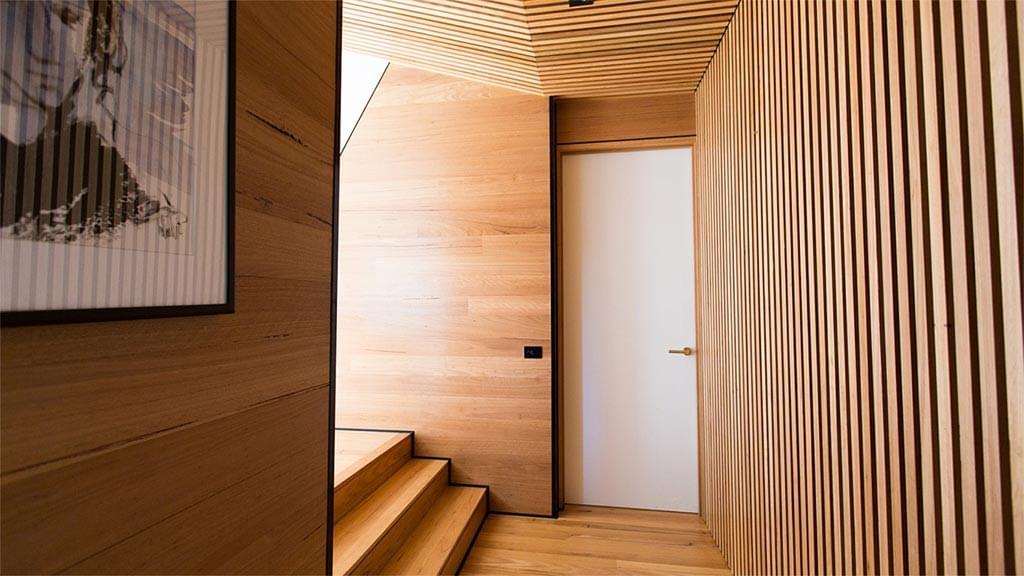
Composite cladding has emerged as a popular choice for those seeking sustainable and visually appealing exterior cladding materials. This innovative solution combines various materials, often including recycled components, to create a product that mimics the aesthetic of wood while offering enhanced durability and lower maintenance requirements. By opting for composite cladding, homeowners can achieve stunning facades for buildings without compromising on environmental responsibility.
What is Composite Cladding?
Composite cladding refers to exterior cladding that is made from a blend of materials, typically combining wood fibers with recycled plastics or other synthetic substances. This fusion results in a product that retains the attractive appearance of wood while being resistant to rot, insects, and weather damage. The use of recycled materials in composite products not only promotes sustainability but also reduces waste in landfills, making it an eco-friendly choice for modern construction.
How it Differs from Traditional Cladding
When comparing composite cladding with traditional wood cladding, several key differences stand out. First and foremost, composite products do not require the same level of upkeep as natural wood; they resist fading and warping over time while maintaining their vibrant look. Additionally, unlike conventional external cladding options that may rely solely on new timber resources, composite materials often incorporate recycled content which lessens the environmental impact associated with deforestation.
Popular Types of Composite Cladding
There are various types of composite cladding available today that cater to different design preferences and functional needs. Some popular options include boards made from reclaimed wood fibers mixed with high-density polyethylene (HDPE), which offer a rich texture reminiscent of natural wood while being incredibly durable. Other alternatives feature innovative designs like interlocking panels or slatted systems that allow for creative facade configurations—perfect for achieving eye-catching wood cladding exteriors tailored to contemporary architectural trends.
The Environmental Impact of Composite Cladding
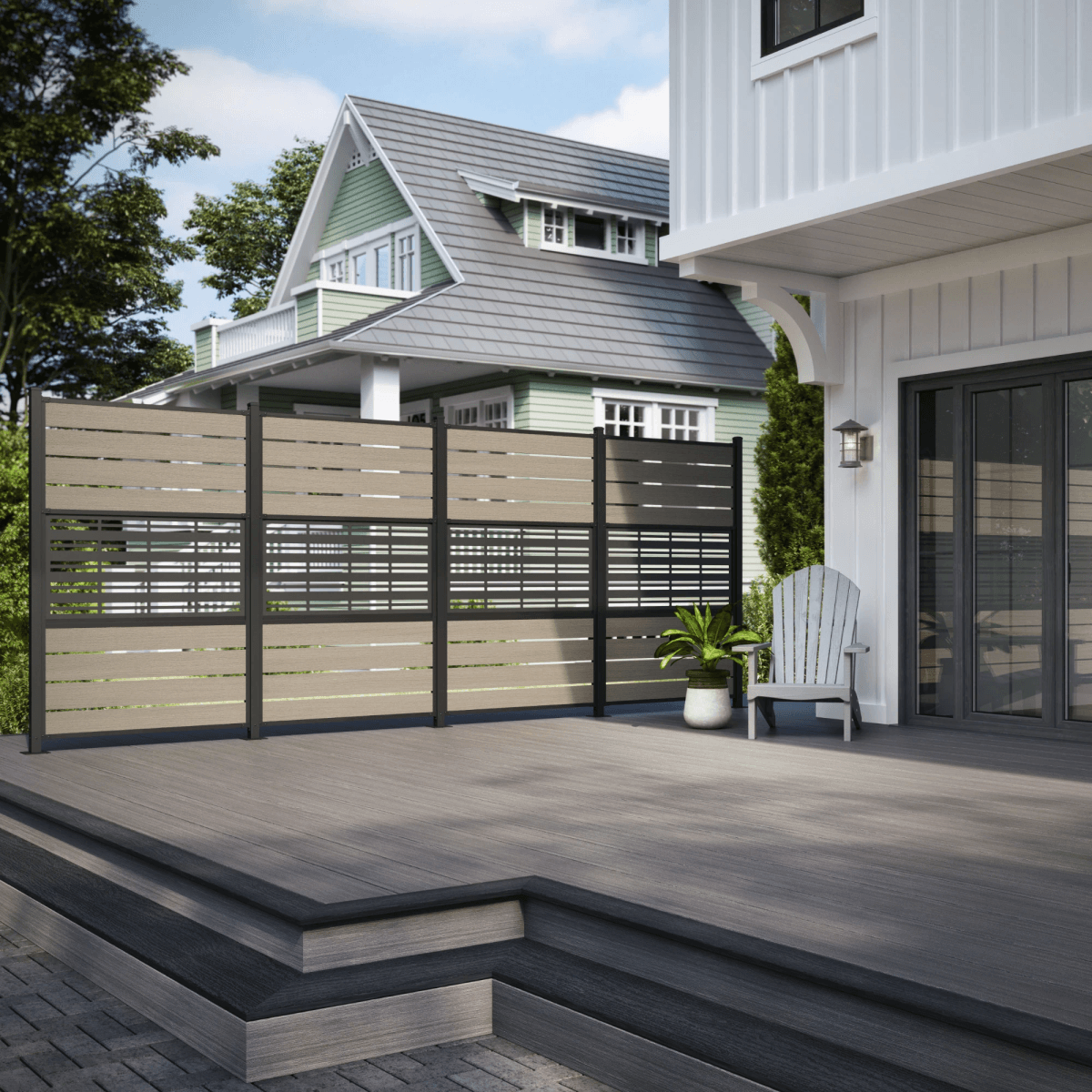
Composite cladding made from recycled materials is not just a trend; it represents a vital shift in how we approach building and design. By utilizing waste products, such as plastic and wood fibers, recycled cladding minimizes the demand for virgin resources, which helps to preserve our forests and reduce landfill waste. This innovative approach to external cladding not only enhances the aesthetics of structures but also contributes significantly to environmental sustainability.
The Role of Recycled Materials
Recycled materials play a pivotal role in the production of composite cladding, ensuring that each piece is both functional and eco-friendly. By incorporating reclaimed wood fibers and recycled plastics, manufacturers create an exterior cladding solution that reduces the reliance on new timber resources. This process not only diverts waste from landfills but also transforms it into beautiful wood cladding exteriors that can withstand the test of time.
The use of recycled materials also means lower energy consumption during production, which further decreases the overall carbon footprint associated with manufacturing external cladding. Companies like Composite Decking Inc lead by example, showcasing how sustainable practices can yield high-quality products without compromising on style or durability. As more builders and homeowners opt for these eco-friendly solutions, we can expect to see a significant reduction in resource depletion across the industry.
Reducing Carbon Footprint with Eco-Friendly Options
Choosing eco-friendly options like composite cladding can dramatically reduce one's carbon footprint when compared to traditional building materials. The lifecycle emissions associated with producing exterior cladding from virgin resources are considerably higher than those stemming from recycled alternatives. By opting for recycled cladding, individuals contribute to lower greenhouse gas emissions while still achieving stunning facades for their buildings.
Additionally, many manufacturers are committed to sustainable practices throughout their operations—right from sourcing raw materials to shipping finished products. This commitment ensures that every step taken in creating wood cladding exterior contributes positively toward reducing environmental impact. The result? Beautifully designed spaces that promote sustainability while enhancing property values through modern aesthetics.
Benefits to Biodiversity and Ecosystems
The shift toward using composite materials made from recycled sources brings substantial benefits not only for human living spaces but also for biodiversity and ecosystems at large. By reducing demand for new timber harvesting, we help protect vital habitats that may be destroyed or fragmented due to logging activities—preserving natural ecosystems where countless species thrive. Choosing exterior cladding options like wood-clad composites allows builders and homeowners alike to make choices that prioritize ecological health alongside visual appeal.
Moreover, sustainable practices adopted by leading companies in this field often extend beyond just product creation—they encompass responsible sourcing strategies aimed at minimizing environmental degradation overall. As more people embrace these eco-conscious decisions when selecting their building materials—including stylish external cladding solutions—we foster an environment where both nature and architecture coexist harmoniously.
Aesthetic Appeal of Wood Cladding Exterior
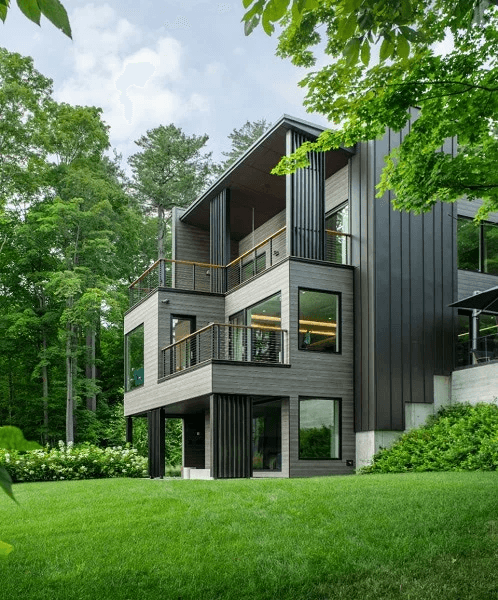
The aesthetic charm of wood cladding exterior is undeniable, offering a warm and inviting look that enhances the overall appeal of any building project. With the rise of recycled cladding options, homeowners and builders can achieve stunning facades for their structures without compromising on sustainability. This blend of beauty and eco-friendliness makes wood cladding an increasingly popular choice for external cladding.
Stunning Facades for Building Projects
The rich textures and natural hues of wood create depth and character that can transform an ordinary structure into a visual masterpiece. Whether you opt for traditional or modern designs, incorporating recycled cladding into your project can elevate the aesthetic while promoting environmental consciousness.
Balancing Style and Sustainability
In today's design landscape, balancing style with sustainability is more important than ever. Recycled cladding allows architects and designers to craft beautiful exteriors without sacrificing ecological integrity; it’s the best of both worlds! By choosing exterior cladding materials that are both stylish and sustainable, you can ensure that your building not only looks good but also contributes positively to the environment.
How to Match Composite Cladding with Design Trends
Keeping up with design trends doesn’t mean you have to compromise on eco-friendly choices like wood cladding or composite materials. These days, composite decking solutions are leading the charge in blending aesthetics with functionality—perfectly complementing contemporary architectural styles while maintaining a commitment to sustainability. When selecting your exterior cladding materials, consider how they will integrate with current design trends such as minimalism or biophilic design; this way, you'll create a cohesive look that resonates well into the future.
Cost-Effectiveness of Exterior Cladding Materials
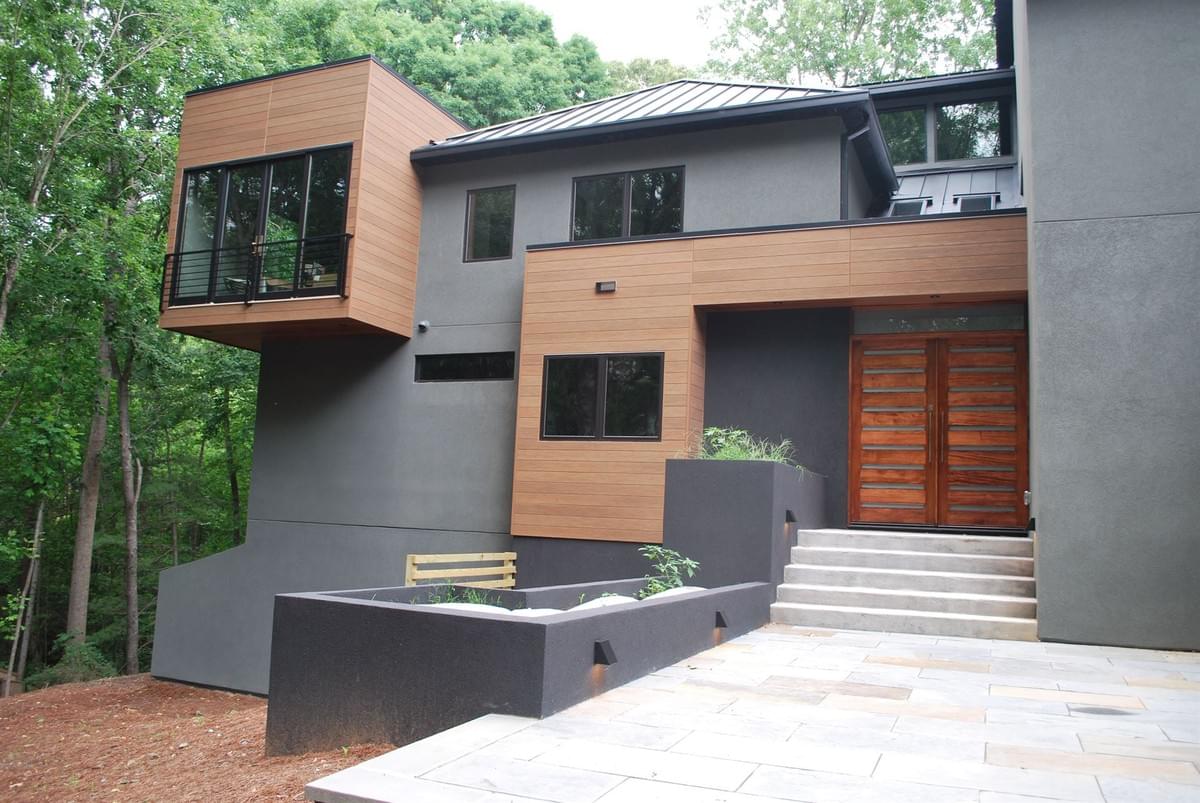
When considering exterior cladding materials, the cost-effectiveness of recycled cladding can be a game changer for homeowners and builders alike. While the initial investment may seem higher than traditional wood cladding, the long-term savings often outweigh those upfront costs. This is especially true when you factor in energy efficiency, reduced maintenance needs, and the longevity of composite materials.
Initial Investment vs. Long-Term Savings
The initial investment in eco-friendly exterior cladding might raise eyebrows, particularly when looking at high-quality options like composite products from Composite Decking Inc. However, these materials are designed to last longer than traditional wood options, which means fewer replacements over time. Additionally, lower energy bills due to improved insulation can contribute to significant long-term savings that make the switch worthwhile.
Maintenance and Durability of Composite Products
One of the most appealing aspects of recycled cladding is its low maintenance requirements compared to conventional wood cladding exterior options. Unlike wood that demands regular painting or staining to maintain its aesthetic appeal and prevent rot, composite products are engineered for durability and weather resistance. This means less time spent on upkeep and more time enjoying your stunning facade for building projects.
Comparing Costs: Composite vs. Traditional Wood Cladding
While wood cladding might be cheaper initially, ongoing expenses such as maintenance and repairs can quickly add up over the years. In contrast, investing in eco-friendly external cladding made from recycled materials not only enhances your property’s value but also aligns with sustainable practices—making it a smart choice for both your wallet and the environment.
Innovative Companies Leading the Way
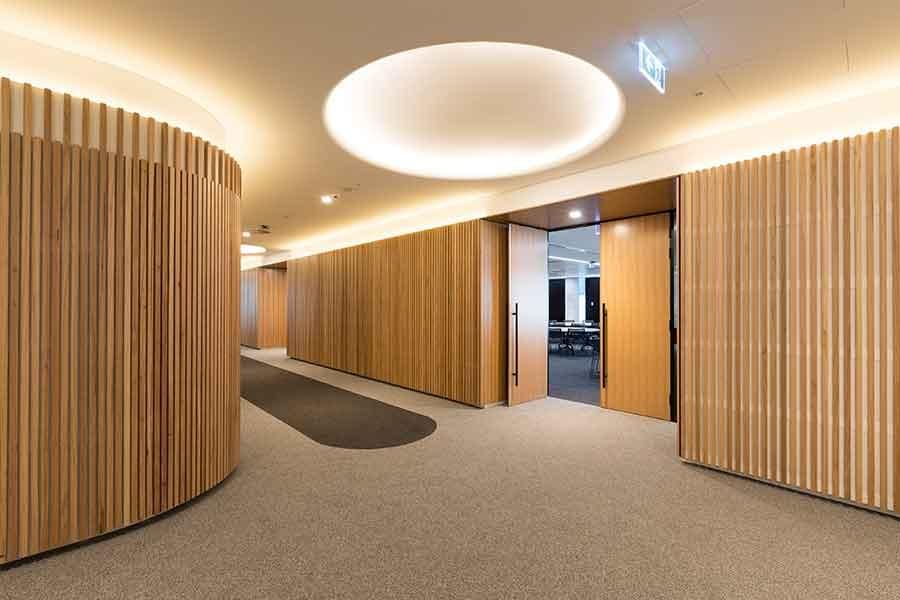
As the demand for sustainable building materials grows, several innovative companies are stepping up to provide eco-friendly solutions in the realm of exterior cladding. These companies not only focus on creating aesthetically pleasing products but also prioritize environmental responsibility by incorporating recycled materials into their offerings. By choosing these brands, builders and homeowners can make a significant impact on sustainability while enhancing the beauty of their structures with wood cladding exterior options.
Spotlight on Composite Decking Inc
At Composite Decking Inc, we are passionate about transforming outdoor spaces with high-quality, sustainable decking solutions. Our commitment to eco-friendly practices is reflected in our use of recycled cladding materials that offer both durability and style. With years of industry experience, our mission is to provide homeowners, builders, and designers with low-maintenance exterior cladding that mimics the beauty of natural wood without its downsides.
Our composite products combine modern technology with eco-friendly innovation, ensuring that every piece serves as a stunning facade for building projects while being kind to the planet. We believe that choosing external cladding should not mean sacrificing aesthetics for sustainability; our offerings prove you can have both! By opting for our recycled cladding solutions, customers contribute to reducing waste and promoting a greener future.
Other Eco-Conscious Brands
In addition to Composite Decking Inc, numerous other brands are making waves in the world of eco-conscious exterior cladding materials. Companies like Trex and TimberTech are well-known for their commitment to using recycled content in their wood-clad products and have established themselves as leaders in sustainable building practices. Their innovative approaches ensure that consumers can enjoy beautiful wood cladding exteriors without compromising on environmental integrity.
The Future of Sustainable Cladding Solutions
The future looks bright for sustainable cladding solutions as technology continues to evolve alongside consumer preferences for environmentally friendly products. Innovations in manufacturing processes are making it easier than ever for companies to create high-quality exterior cladding materials from recycled sources while maintaining aesthetic appeal and functionality. This shift is paving the way for even more diverse options in wood-clad designs that cater to various architectural styles.
As awareness increases around climate change and resource conservation, we can expect a surge in demand for eco-friendly choices among builders and homeowners alike—leading manufacturers will need to adapt accordingly by prioritizing sustainability across all product lines. In this landscape filled with opportunity, those who embrace recycled materials will stand out as champions of responsible construction practices while delivering breathtaking facades for buildings everywhere.
With this growing trend toward green architecture comes an exciting array of possibilities; we may soon witness entirely new categories within exterior cladding dedicated solely to innovative uses of reclaimed or repurposed resources! The journey towards more sustainable living starts here—with every choice made today influencing tomorrow's environment positively.
Conclusion
In the ever-evolving landscape of construction and design, the shift towards eco-friendly external cladding is not just a trend; it's a necessity. With an increasing awareness of environmental issues, choosing sustainable materials like recycled cladding can significantly impact our planet's health. By opting for these innovative solutions, homeowners and builders alike can create stunning wood cladding exteriors that are both aesthetically pleasing and environmentally responsible.
Making the Switch to Eco-Friendly Cladding
Transitioning to eco-friendly cladding may seem daunting at first, but the benefits far outweigh any initial hesitations. The beauty of wood cladding combined with recycled materials offers a unique opportunity to enhance your facade for building projects while reducing your carbon footprint. As more manufacturers embrace sustainable practices, finding quality exterior cladding materials has never been easier or more rewarding.
Harnessing the Benefits of Recycled Cladding
Recycled cladding is not just about being kind to Mother Earth; it also provides exceptional durability and low maintenance compared to traditional options. Utilizing materials that would otherwise end up in landfills helps conserve resources while delivering a product that looks great on any wood cladding exterior. By choosing recycled options, you're investing in long-lasting beauty while contributing positively to biodiversity and ecosystem health.
Tips for Choosing the Right Exterior Cladding Materials
When selecting exterior cladding materials, consider factors such as climate compatibility, aesthetic preferences, and sustainability certifications from manufacturers like Composite Decking Inc. Look for products that combine modern technology with eco-friendly innovation—this ensures you get the best of both worlds: durability and visual appeal in your wood cladding exterior. Finally, don't hesitate to consult design trends; matching your facade for building projects with current styles can elevate your home's curb appeal while making an eco-conscious statement.
